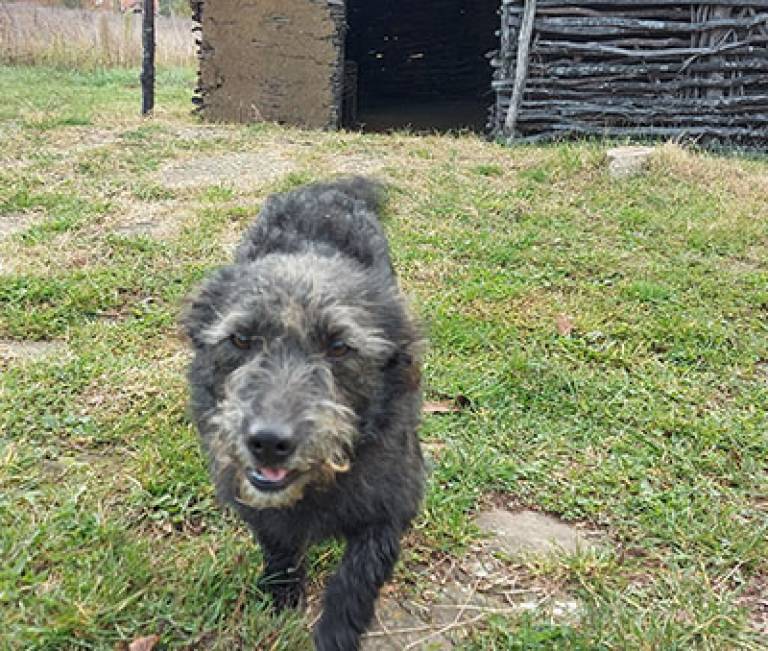Institute researcher contributes to global study of ancient dog DNA
1 November 2020
A global study of ancient dog DNA, led by scientists at the Francis Crick Institute, and involving UCL Institute of Archaeology researcher Miljana Radivojevic, presents evidence that there were different types of dogs more than 11,000 years ago.

In the collaborative study, published recently in Science, the research team sequenced ancient DNA from skeletal material of 27 dogs, some of which lived up to nearly 11,000 years ago across Europe, the Near East and Siberia – including a dog that lived in the Serbian village of Pločnik c. 6,500 years ago. They found that just after the Ice Age, and before any other animal had been domesticated, there were already at least five different types of dog with distinct genetic ancestries.
The international team showed that over the last 10,000 years, these early dog lineages mixed and moved to give rise to the dogs we know today. For example, early European dogs were initially diverse, appearing to originate from two highly distinct populations, one related to Near Eastern dogs and another to Siberian dogs. However, at some point this diversity was lost, as it is not present in European dogs today.
In the Serbian village of Pločnik, the presence of the Near Eastern dog ancestry has been confirmed, which correlates with the known Neolithic migrations from Asia Minor to the Balkans, c. 8,500 years ago. It appears that humans at the time were bringing their dogs with them as they migrated across the world. This particular finding highlights the team efforts of the AHRC-funded Rise of Metallurgy in Eurasia project, hosted by the UCL Institute of Archaeology which, while successfully pursuing the world’s earliest evidence for metal making, came across the skeletal remains of the 6,500 years old dog in Pločnik.
The Rise of Metallurgy in Eurasia project, which also included archaeologists from Durham and York Universities in the UK and the Homeland Museum of Toplica in Prokuplje, Serbia excavated the skeletal remains of the (female) dog and provided secure dates for when she lived. They also provided the broader context for understanding the origins of the Pločnik dog and her potential relationships with the prehistoric people living in the village.
While this Science study provides major new insights into the early history of dog populations and their relationships with humans and each other, many questions still remain. In particular, research teams are still trying to uncover where and in which human cultural context were dogs first domesticated.
 Close
Close

